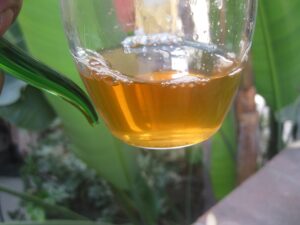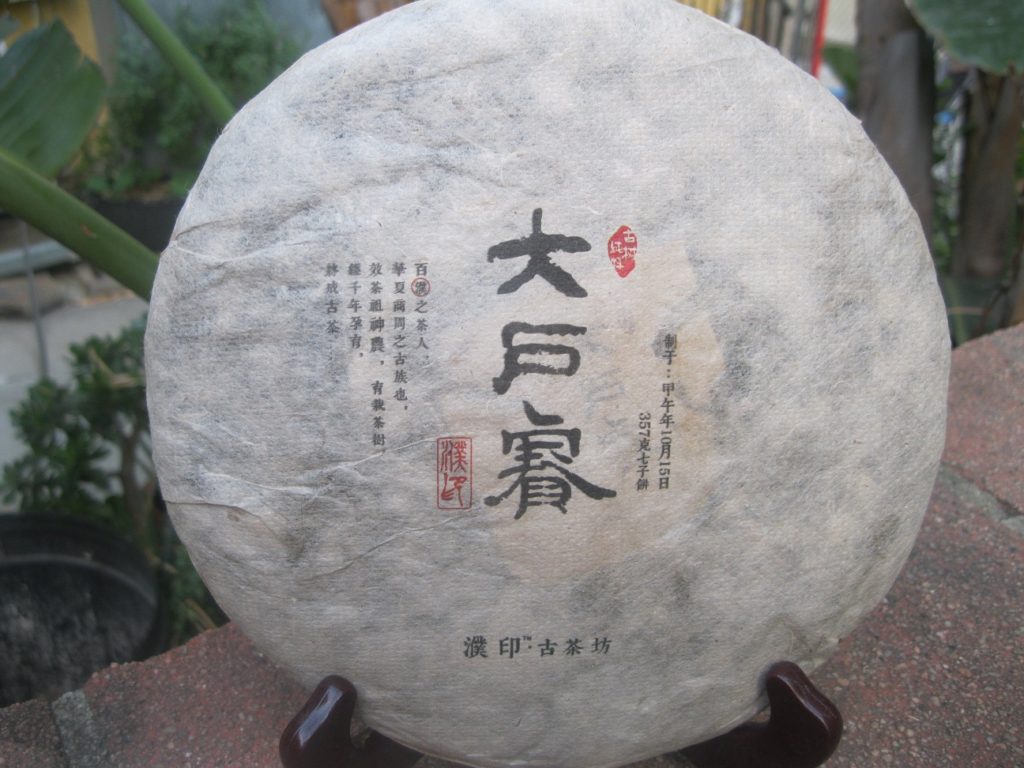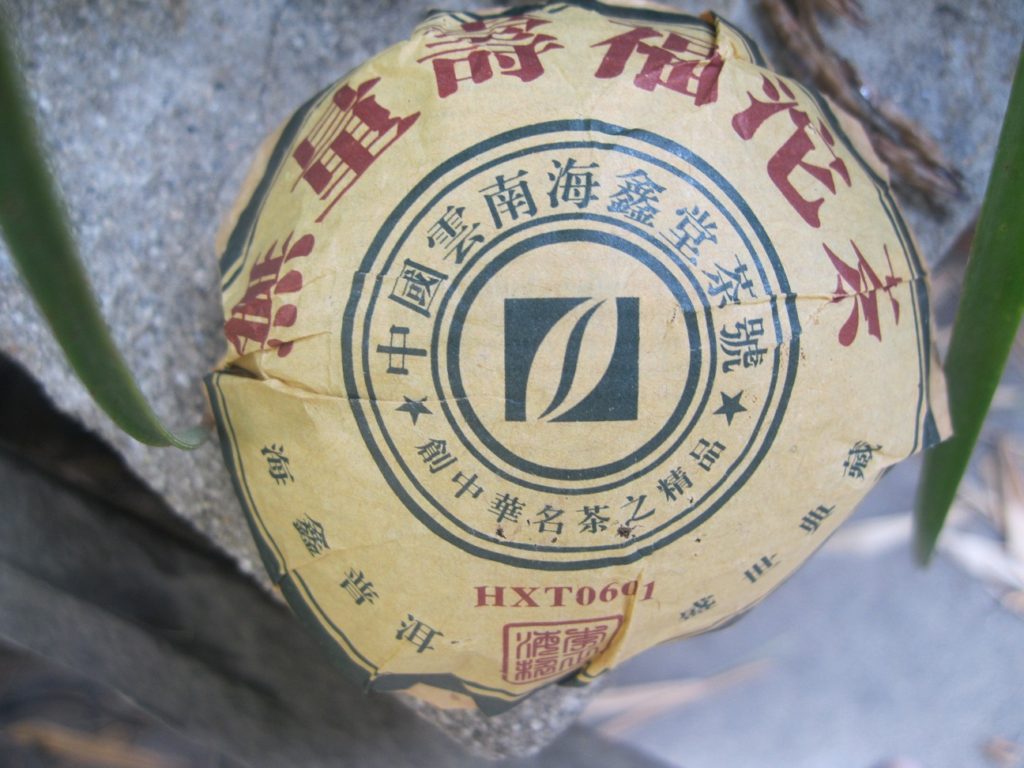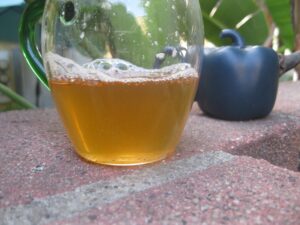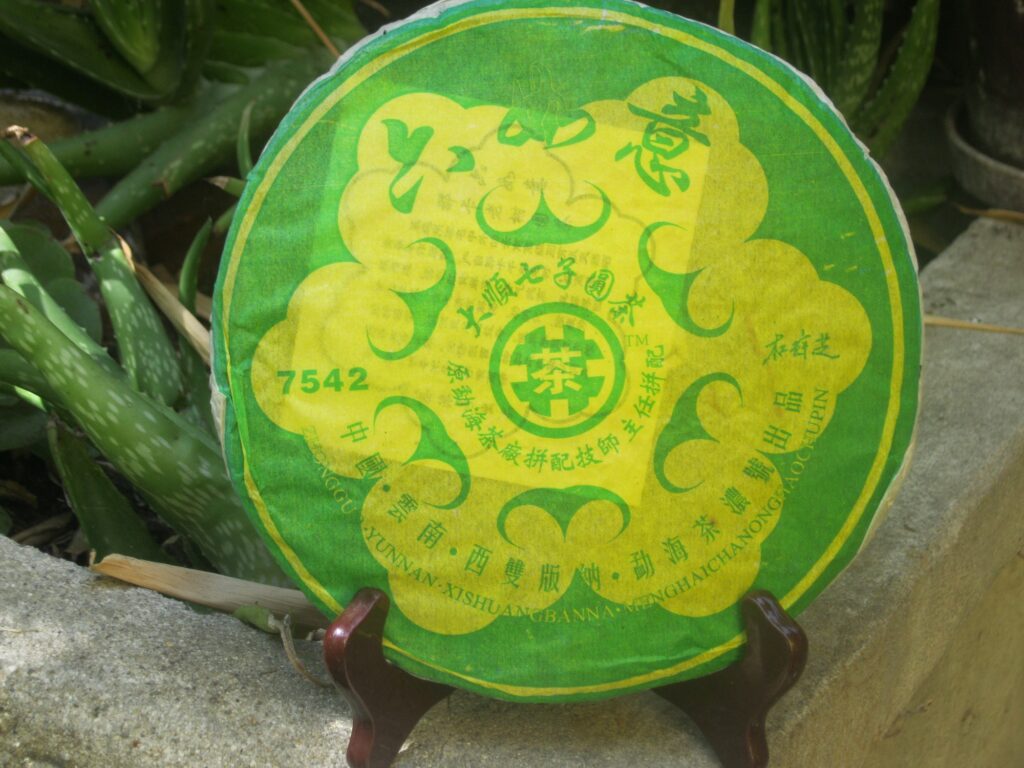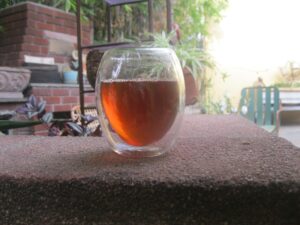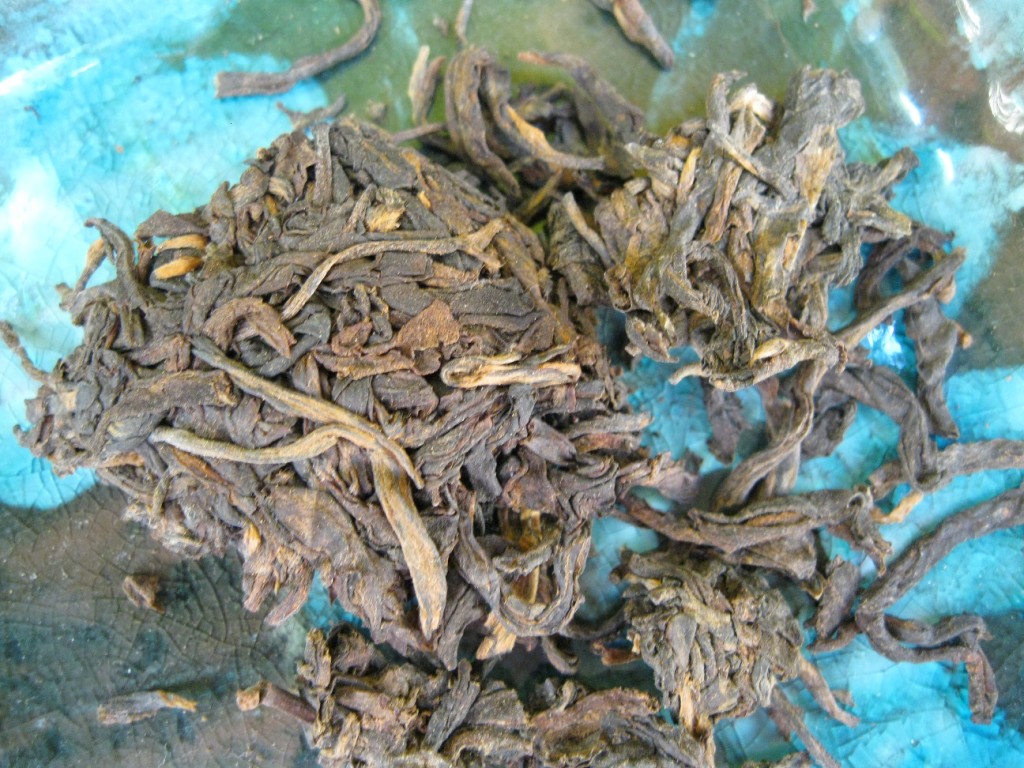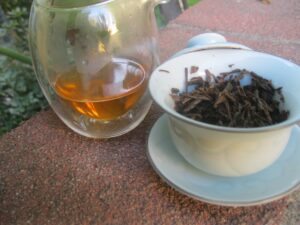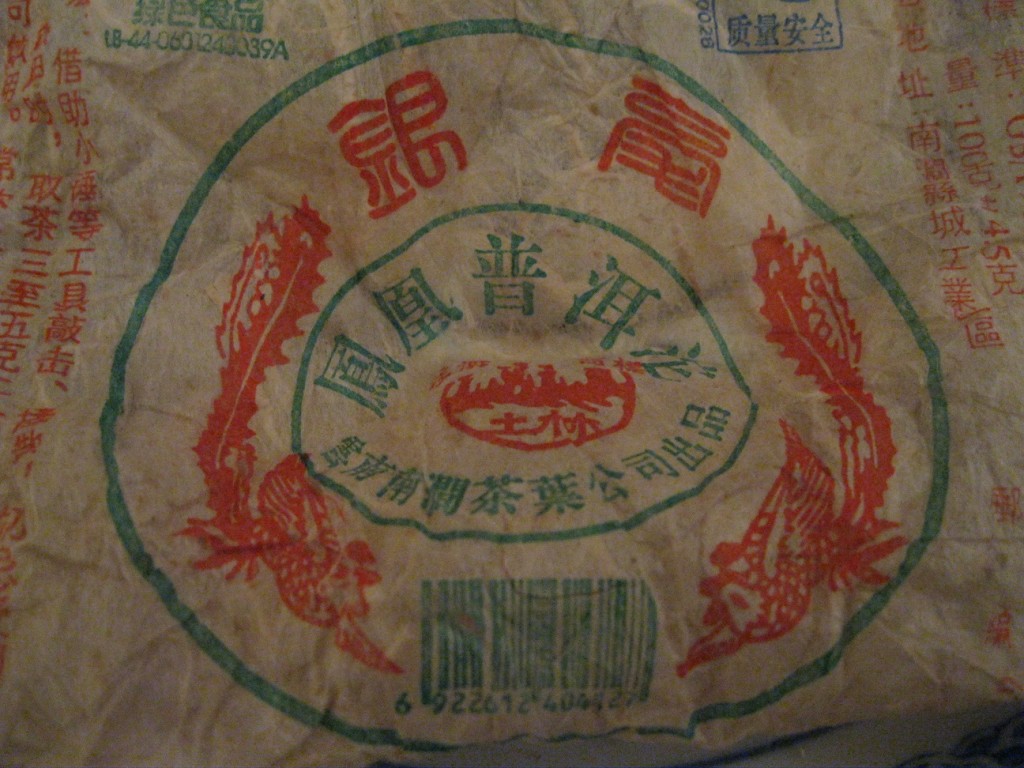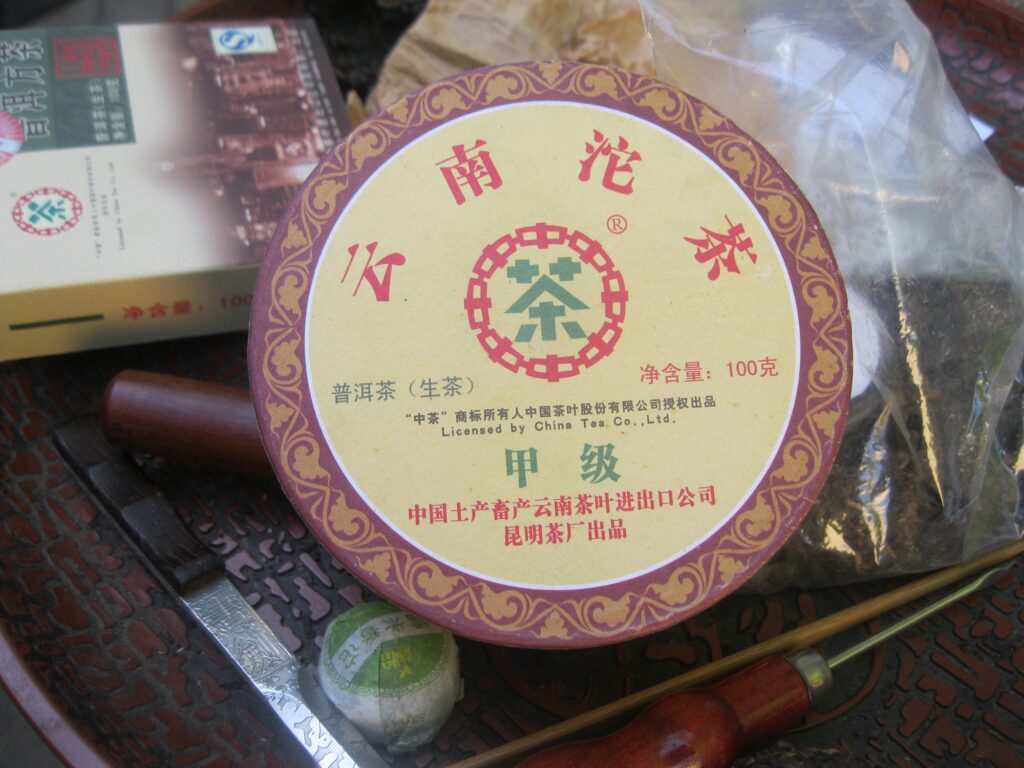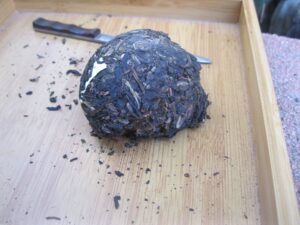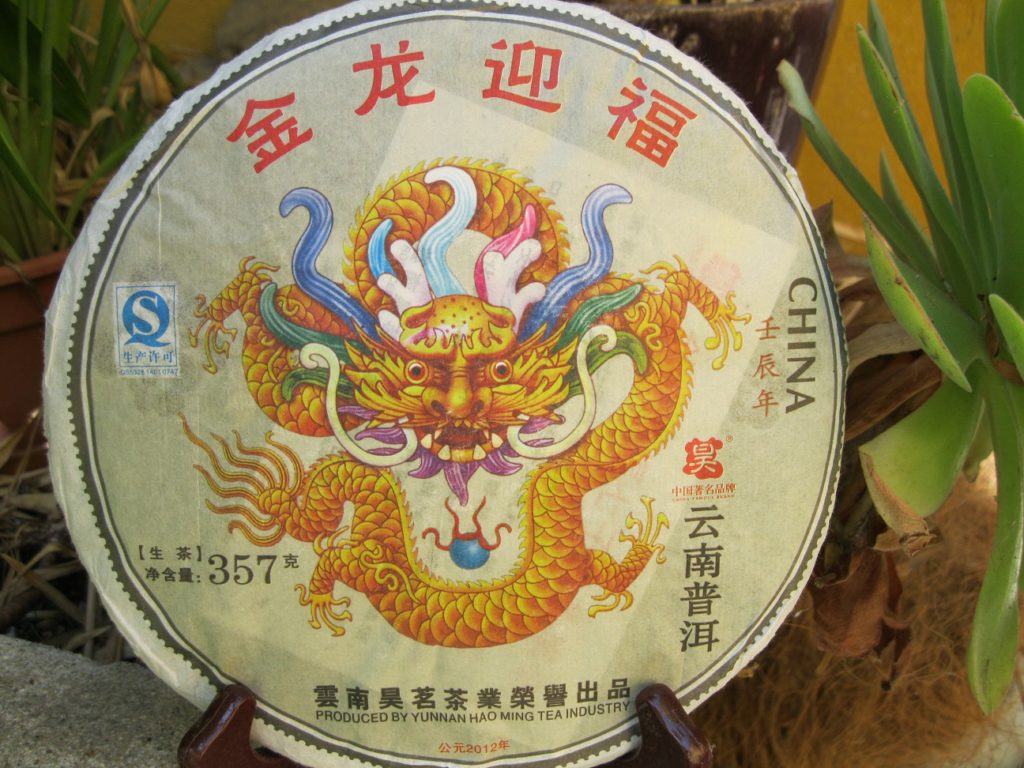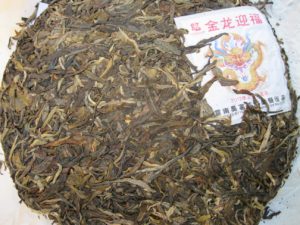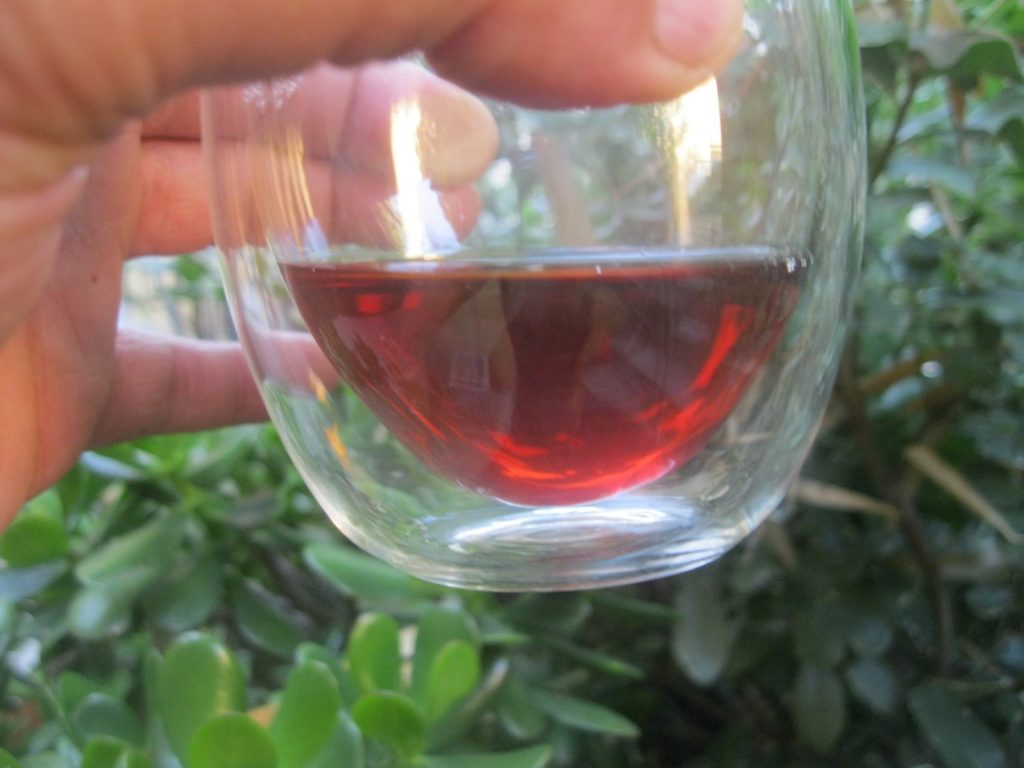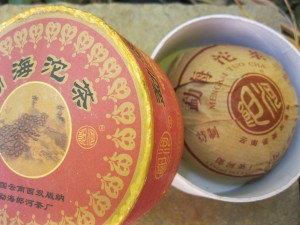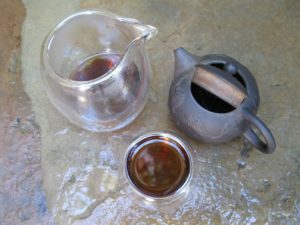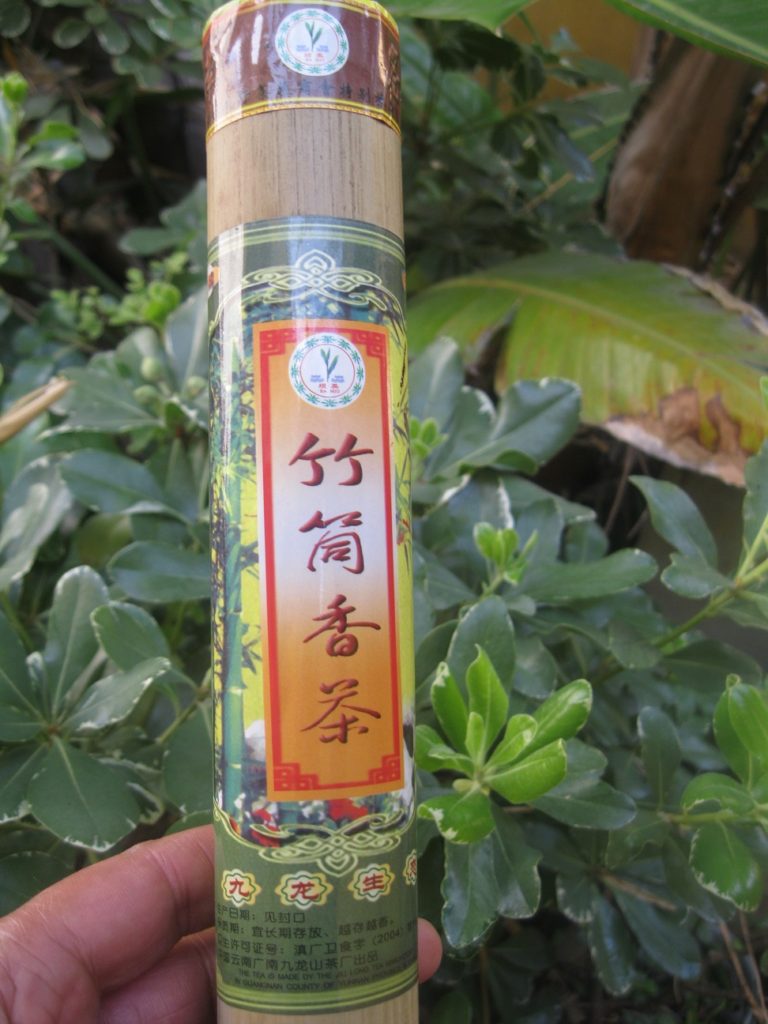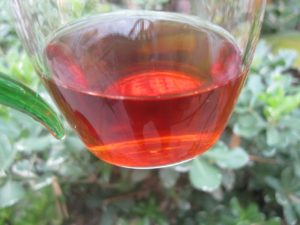Puerh Rating: Family
The Puerh Junky Rating System (PJRS) takes on “Family,” an ’03 Youle Mt tuo by Yang Pin Hao, YPH. This brand has been in existence since the end of the dynastic era, 1912, but has passed through several hands. The brand certainly carries prestige. A tea lass in Kunming looked at me incredulously when I showed familiarity.
After three rounds the results were as follows:
- Aroma 10
- Clarity 10
- Sweetness 12
- Viscosity 12
- Astringency 14
- Huigan 9
- Qi 12
Reflections
The Youle receives a near perfect score in astringency. YPH productions are characteristically floral and smooth. Its thickness, sweetness, and qi make it a strong contender for best among YPH offerings the Puerh Junky has sampled.
Earlier in the week the Puerh Junky sat down with a sample of the ’06 Youle, XZH. Placing the YPH alongside the XZH the similarities are clear in terms of floral class puerhs. The XZH despite being Taiwan stored was about where the YPH was two years ago. Neither production bear any resemblance to anything remotely humid stored, brash, or aggressive. Both brews maintain a high level of consistency from one infusion to the next and do not bottom out even as they fade.
Conclusions
The Puerh Junky’s archival stash there’s an ’07 Youle Mt cake that is in full-blown root beer expression. Even in its youth, stored since ’14, it was darker, more camphory, minty. The Youle, YPH is just now entering a root beer stage, but the overall vibe is soft, clean, and floral. This is “the other” Yang family boutique puerh vendor. This isn’t for sale but reach out if interested in buying a sample. Puerh Rating: Family
77/105, B


